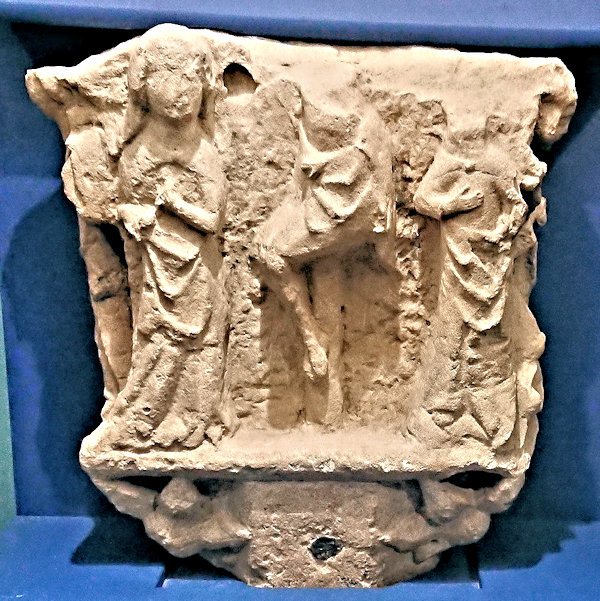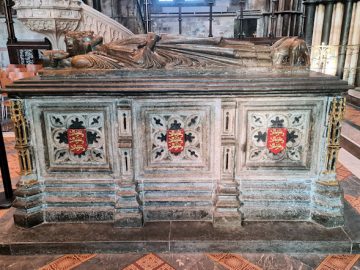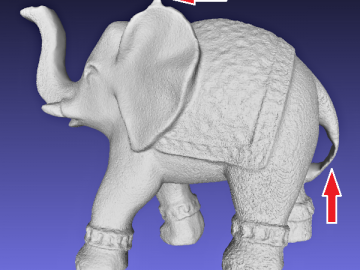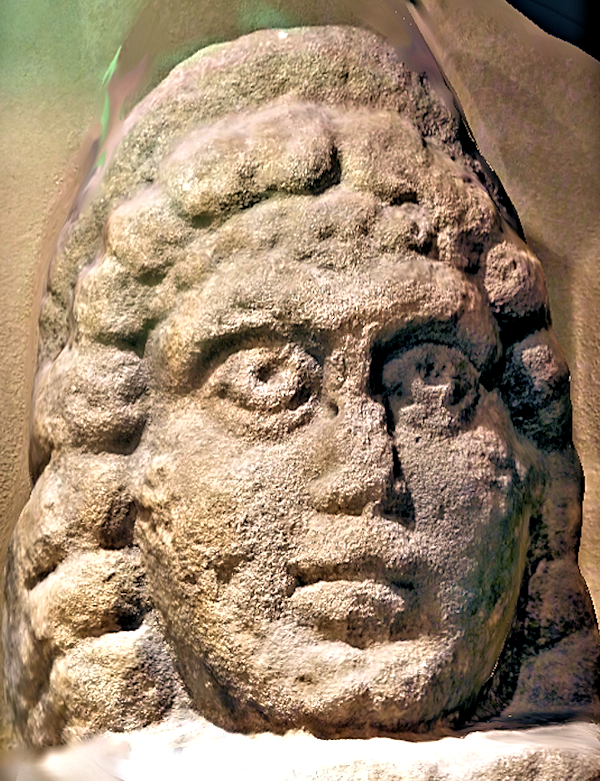One of the exciting features of the Roman remains in Caerleon, South Wales, is the amphitheatre. According to CADW it was erected around 90 AD and could seat up to 6000 spectators, mostly legionnaries from the nearby barracks. Nobody knows exactly what went on there but it would have included games and maybe even gladiator combat. So it’s not surprising that the remains include ruins of a shrine to the Goddess Nemesis who was close to the hearts of combatents at Roman games (apparently shrines to her are found around many Roman amphitheatres). So obviously I wanted to try to 3D scan it for posterity.
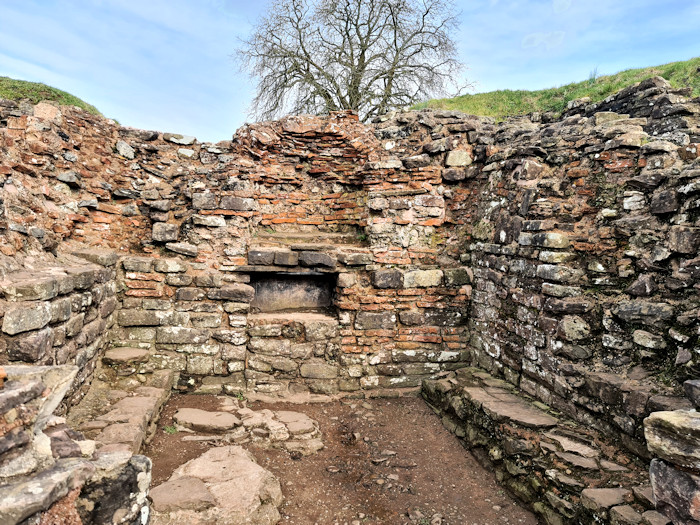
Quick summary of this 3D creation
Overview: A low-polygon 3D model of a late first century wall with a shrine to Nemesis.
Location: Caerleon Roman site, Caerleon, South Wales [map].
Date/era: Roman, c. 90 AD.
Software used: Kiri Engine, Meshmixer.
Intended use: Digital only (textured low-polygon).
Related posts: Caerleon Roman toilet block, Caerleon holding pen and steps.
Download: Sketchfab page (non-commercial license).
If you’re interested, the wall can be found in the remains of the northern side-entrance holding pen, which would have been under a private box for dignitaries and officials. So I took my Android smartphone there with the excellent Kiri Engine photogrammetry app as I specifically wanted a well-textured low-polygon model for web use and a more detailed version for making a 3D print in future. So I took 83 12 mega-pixel photos from different heights and angles and uploaded them for processing on the Kiri Engine website. Then I extracted the low-polygon model from their results for this project. And below you can interact with it on Sketchfab (click the play button to load the model and view it in 3D).
After aligning and trimming the model in Meshmixer the model only had 40461 vertices and 13487 triangles. The texture image is 4096×4096 pixels, which easily makes up for the limited number of vertices. Overall I think Kiri Engine did a good job of giving me a low-poly 3D model for viewing over web connections, like for local history study. So I was quite happy with the results of this scan and I hope you find it useful too 🙂

